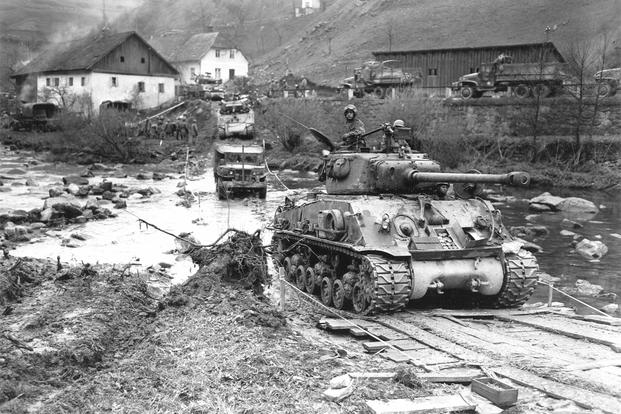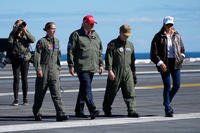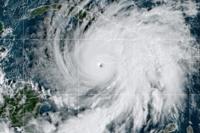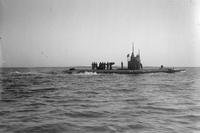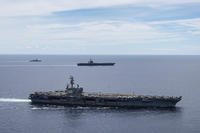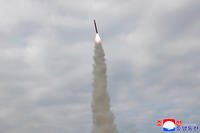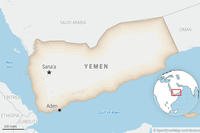As a coxswain of an LCVP landing craft during Operation Overlord, George Thomas Poe had one of the most unique views, as well as one of the most unique experiences, of the D-Day landings.
My name is George Thomas Poe. On June the 3rd of '41, I joined the U.S. Navy. My serial number was 2959896.
I went to training at Norfolk, Virginia. After the training, then I was placed aboard the U.S.S. Harry Lee. At that time it was an AP 17, later changed as an APA 10.
And we unloaded the supplies, the troops and cargo with the Higgins boat because we could not get into the harbor.
I was aboard the Lee for about a year and then I was transferred to a newly commissioned ship, the U.S.S. Charles Carroll, APA 28. Aboard the Carroll we made six invasions, starting with North Africa, Sicily, Italy, Normandy, Southern France and Okinawa. I was discharged in May of 1947 with an honorable discharge. While aboard the Lee, I attended a Higgins boat school in New Orleans, Louisiana. The highest rank I had was coxswain, but I was lowered in rank because of a problem I had in the Normandy invasion.
Some say it was the longest day, but it was kind of short for me. It's been over fifty years since the longest day, and some of the details, I've forgotten. Some are a little vague; in fact, some were a little vague the day after. But I'll try to recall it [to] the best of my ability.
I was coxswain of the landing craft, PA-28-28, an LCVP, also known as a Higgins boat, serving aboard the U.S.S. Charles Carroll APA 28.
For most of us aboard, the Carroll invasions were nothing new. With North Africa, Sicily [and] Salerno Bay behind us, we knew a little bit about what to expect. The only thing new about this one was that it was to be the most important invasion of the European war. This invasion would not be a long, drawn-out affair as some of the others had been. After the initial assault, we would shuttle back and forth to the ship and the shore with reinforcements, supplies and equipment for troops for days and nights.
However, on this invasion, we were instructed to make one landing with the assault troops and get back to the ship that would be about 10 miles offshore. If the ship should be sunk or should have to depart from the area, we would head back across the channel to England.
So after months of maneuvers and exercises, we loaded our assault troops, 116th Infantry, 29th Division, U.S. Army, at Portland Harbor, Dorset, England. According to the captain's report, we cleared the port on June the 5th, 1944. We arrived at the transport area off the coast of Normandy at 0322 hrs. on June the 6th, 1944. At 4 o'clock a.m., we started disembarking troops into the boats.
It was a cold damp morning as we launched the boats into the choppy sea, loaded our troops and headed for the rendezvous area. I joined the other boats on my way and started circling with them, awaiting the signal to move ashore. And one of my crewmen came up with a quart of old whiskey that had been stolen from the sick bay a month or so previous and saved for the occasion. I was not much of a whiskey drinker, but having left the ship without anything to eat and a cold misty air chilling my bones, and all of my nerves tied up in a knot, a couple of good slugs put a warm, relaxing feeling in the pit of my stomach.
[Editor's note: The recording for this transcript was created July 12, 1998, and is provided to Military.com by The Eisenhower Center for American Studies, University of New Orleans.]
Want to Know More About the Military?
Be sure to get the latest news about the U.S. military, as well as critical info about how to join and all the benefits of service. Subscribe to Military.com and receive customized updates delivered straight to your inbox.
